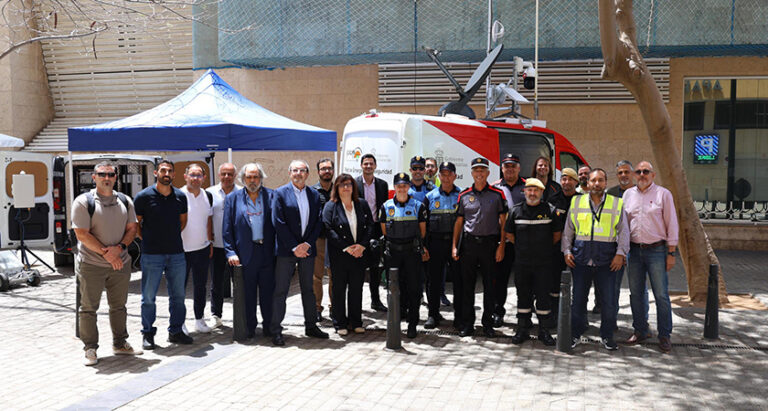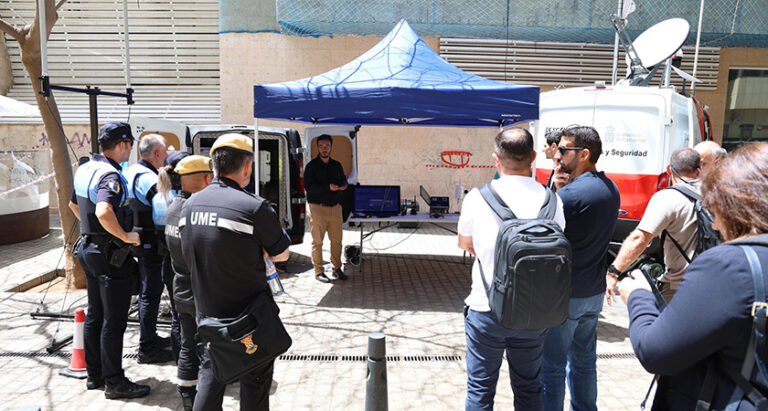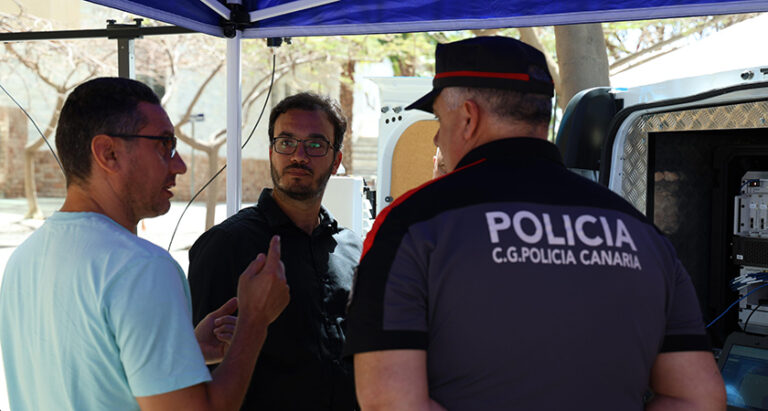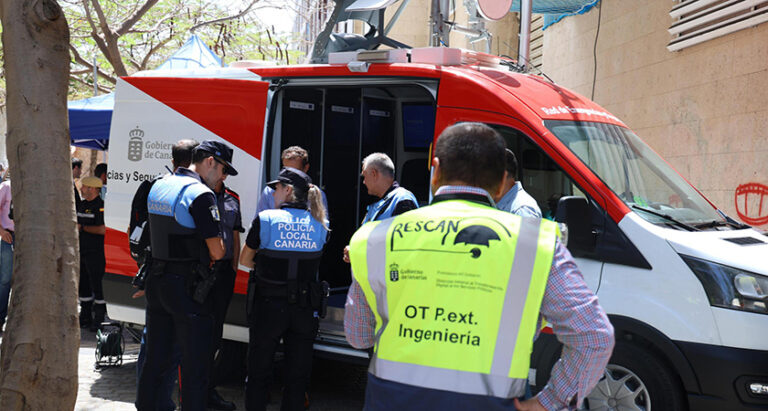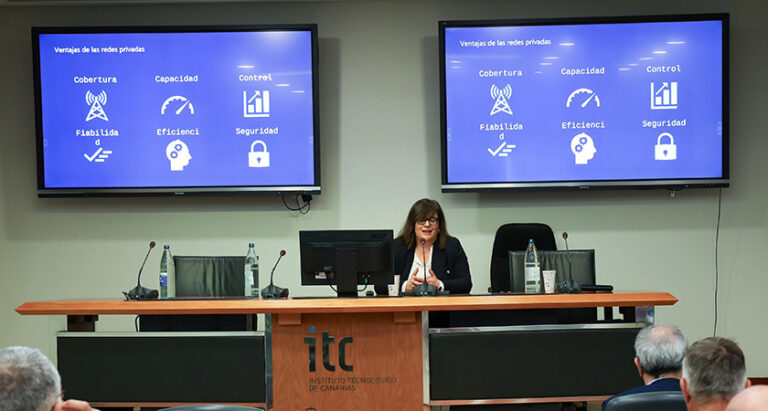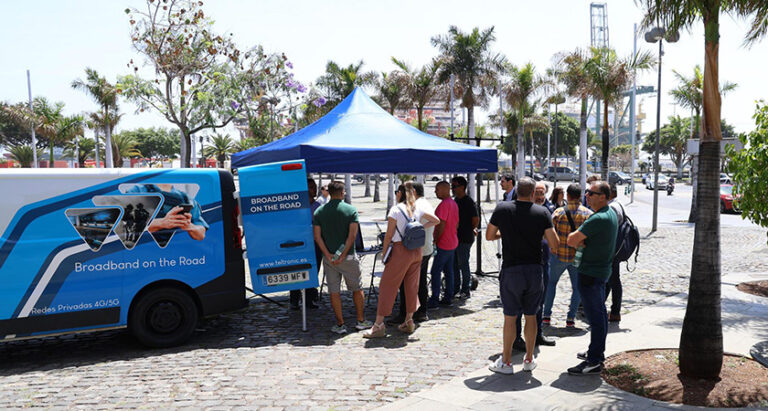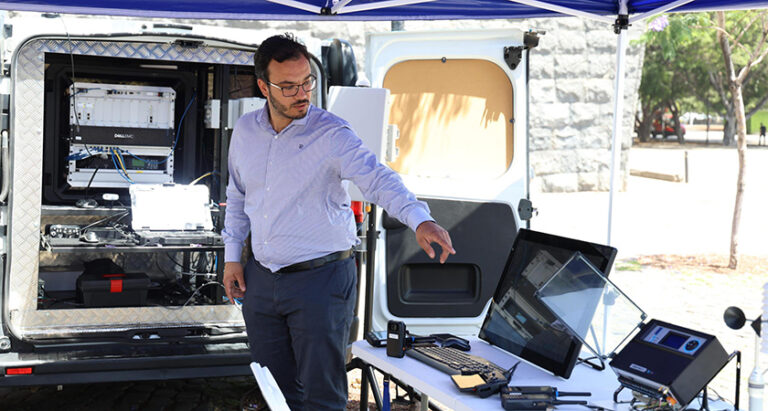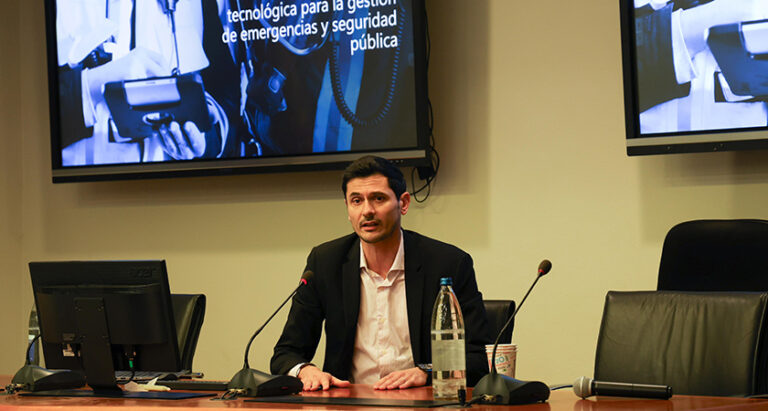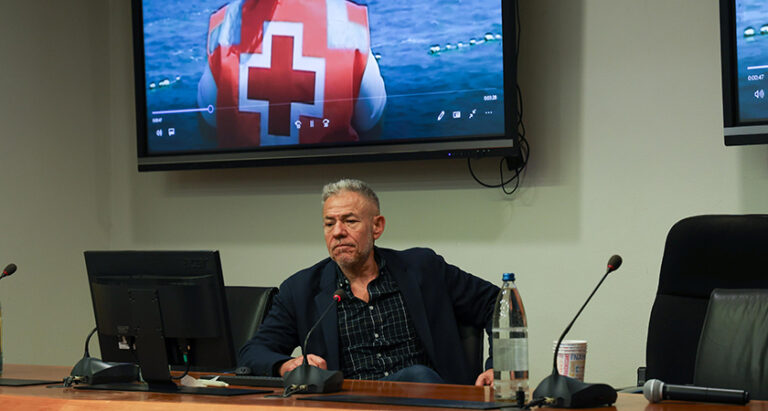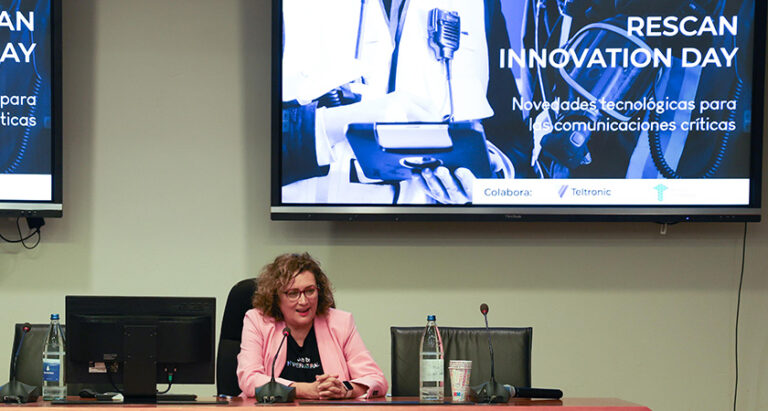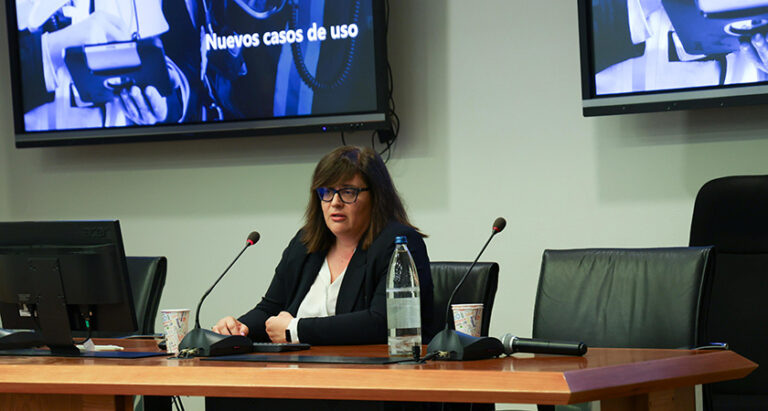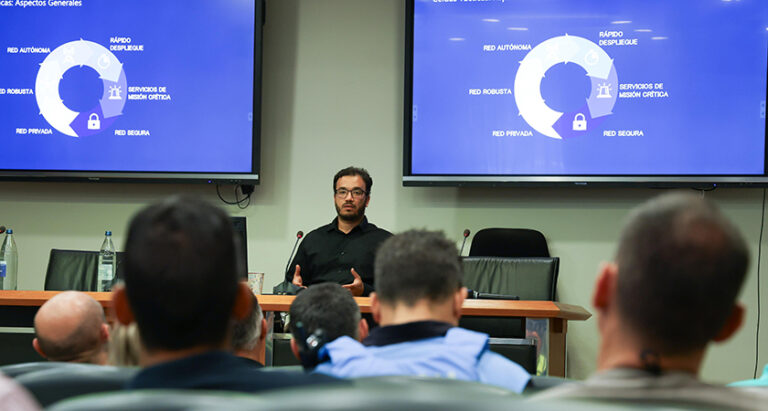- The Directorate General for the Digital Transformation of the Public Services of the Canary Islands Government has organised this conference to showcase the latest developments in critical communications
Las Palmas de Gran Canaria, 17 April 2024
The Government of the Canary Islands has organised, in collaboration with the Canary Islands Emergency and Security Network (RESCAN), Técnicas Competitivas and Teltronic, the Conference “RESCAN, Technological Novelties for Critical Communications”. The event took place over two sessions held in Santa Cruz de Tenerife and Las Palmas de Gran Canaria, and was aimed at professionals from the emergency and telecommunications sector, focusing on the future evolution of the RESCAN network and how the latest technology can contribute to improving safety and efficiency in emergency services.
The conference was inaugurated by the Director General of Digital Transformation of Public Services of the Canary Islands Government, Guadalupe González, who highlighted the pioneering value of RESCAN, and the importance of having a network of these characteristics to improve the coordination of all the agents involved in emergency management, especially in a territory such as the Canary Islands, marked by a complicated orography.
The presentations began with the participation of the head of the Telecommunications Section of the Canary Islands Government, Luis Ramírez, who analysed the situation of RESCAN, a network that currently provides TETRA coverage to almost 89% of the Canary Islands territory and 97% of its population. The network currently has 12,034 radio terminals, and provides service to a total of 134 fleets, handling more than 80,000 voice calls per day and more than 69 million messages per year.
In his speech, Ramirez highlighted the availability of the network, which has reached 99.93% of the time, and emphasised the importance of the transportable units, “which allow a communications system to be deployed in just 6 minutes”. Ramirez also pointed out some of the aspects that are being worked on for the future, such as the incorporation of new tactical LTE cells, the expansion of green sites that use photovoltaic and wind energy, or the development of a system of SOS posts for very isolated environments such as beaches or hiking routes where there is no operator coverage but there is RESCAN coverage.
Teltronic’s sales manager for Iberia, Simone Cassetti, explained how the emergence of new technologies such as real-time video transmission, drones and Artificial Intelligence will contribute to improving the work of these agencies, reducing response times, enabling means of communication to improve emergency plans, increasing the capacity of the personnel with new tools and providing more information immediately.
